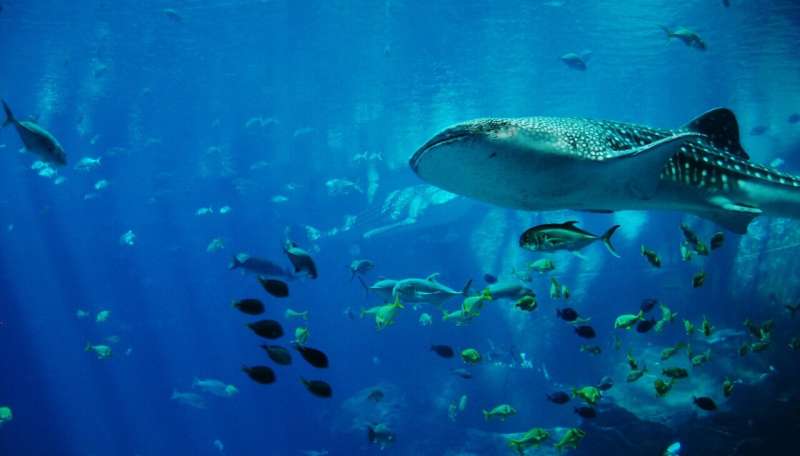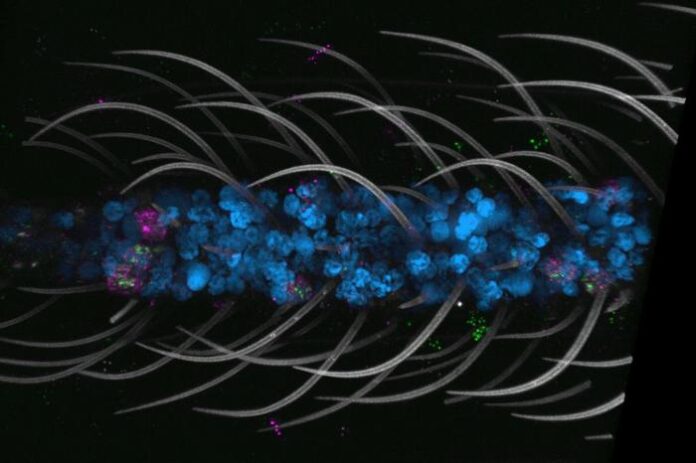Archaeologists have made groundbreaking discoveries about ancient fishing practices in the Pacific Islands, thanks to a novel technique that analyzes collagen from archaeological bone fragments. The research reveals how late Stone Age islanders, known for their fishing prowess, captured various species of fish, including tuna and sharks. The study was published on November 7, 2025, in the *Journal of Archaeological Science*.
The new method, called Zooarchaeology by Mass Spectrometry (ZooMS), allows scientists to identify species from ancient bones with remarkable accuracy. By examining 131 archaeological samples, researchers successfully identified three types of tuna and five shark varieties. This advancement offers a clearer picture of the fishing techniques and dietary practices of early Pacific Islanders.
Insights from Fais Island
Fais Island, located in the Yap State of Micronesia, has emerged as a significant site for studying prehistoric fishing. Archaeological expeditions have uncovered the Powa site on the island’s southern coast, indicating that it has been inhabited for nearly 1,800 years. The evidence suggests that these early inhabitants relied heavily on pelagic fishing, targeting fast-moving marine predators such as sharks and tuna. Navigating the challenging coral reefs for inshore fish was complicated, making pelagic fishing critical for survival and cultural development.
Traditional methods for identifying fish remains, such as bone comparison, have proven inadequate due to poor preservation and the unique anatomy of these species. Many fish have cartilage instead of bones, which complicates fossilization. The new ZooMS technique overcomes these limitations by analyzing the chemical fingerprints found in collagen, a structural protein that constitutes a large part of bone mass.
Methodology and Findings
The researchers processed bone samples using an acid-soluble collagen method, which digests collagen into peptides. Some samples were also treated with abrasive polish paper to extract collagen for analysis. The resulting peptide mass fingerprints were compared to modern reference samples, achieving a high identification rate.
The study reported a 97% success rate in identifying tuna bones. Among the 77 samples analyzed, 75 were identified as skipjack tuna, with the remaining two determined to be yellowfin tuna and wahoo. Shark remains showcased even greater diversity, with 20 samples linked to the silky shark, 11 to the Galapagos shark, 17 to the silvertip shark, and one to the whitetip reef shark.
These findings significantly enhance the understanding of ancient fishing practices and highlight the potential of ZooMS as a reliable tool for identifying fish remains. The researchers advocate for further studies to expand the reference databases, which would improve species identification and deepen insights into how fishing habits influenced early societies.
The work conducted by researchers aims to fill gaps in current knowledge and provides a richer context for understanding the development of fishing techniques in the Pacific Islands. As molecular-level techniques advance, they promise to unlock further historical details about the region’s inhabitants and their adaptive strategies in the face of environmental challenges.







